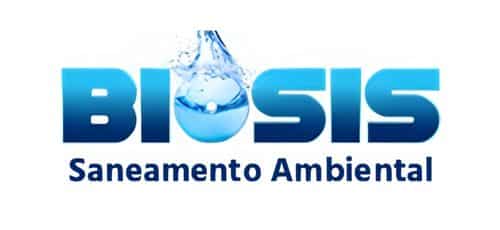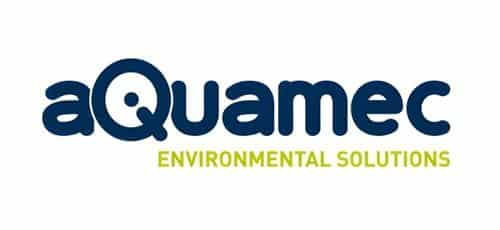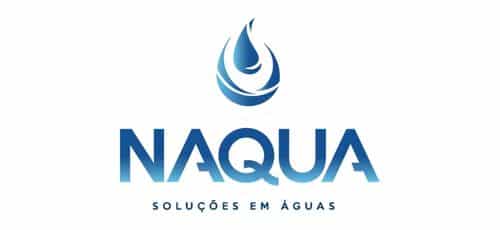O estudo das membranas pode melhorar os processos de osmose reversa, a filtração e purificação da água.
Pesquisadores da Penn State University decidiram direcionar estudos em problemas como biofouling, incrustações biológicas e o acúmulo de microrganismos em superfícies molhadas. No caso de Osmose Reversa, o biofounling entope as membranas reduzindo o fluxo e aumentando o consumo energético.
O estudo gerou um novo biofilme que poderia ajudar a resolver problemas causados pelo biofouling. A pesquisa foi publicada na revista Proceedings, da Academia Nacional de Ciências dos EUA, veja o estudo no link: Living biofouling-resistant membranes as a model for the benefical use of engineered biofilms.
Confira também a matéria publicada pela Water Online:
A research breakthrough in the study of membranes may improve reverse osmosis (RO) processes and improve water filtration and purification.
Researchers from Penn State University decided to target the problem of biofouling, the buildup of microorganisms on wet surfaces. Picture the pillars of a dock near the ocean covered in zebra mussels: that’s similar to biofouling. The same thing happens to membranes during RO water purification. Biofouling with bacteria clogs up the membrane, reducing flow and raising energy consumption.
In a breakthrough, the researchers created a new biofilm that could help solve this problem. They published their findings in in the Proceedings Of The National Academy Of Sciences, the official journal of the National Academy of Science.
The biofilm “was engineered to have a dispersal ‘feedback circuit,’ based on secretion and uptake of a communication signal, limiting its own biofilm formation by self-monitoring and selective dispersal,” the study says.
The invention “was also engineered to produce nitric oxide, which prevents biofilm formation by harmful bacteria; biofouling by the two most prevalent organisms was shown to be controlled by the beneficial strain. Moreover, the beneficial biofilm was engineered to produce an evolved epoxide hydrolase to enable it to remove the environmental pollutant epichlorohydrin,” the report said.
The biofilm works like probiotics do. It uses helpful bacteria to ward off the harmful ones, Manish Kumar, a professor at Penn State and principal investigator on the project, explained in a statement from the university.
“We realized that the accumulation of microbial films in water treatment membranes is unavoidable,” Kumar said. “But just like good bacteria exists in your gut to keep you healthy, we predicted that helpful bacteria in RO may be able to prevent the unchecked reproduction of harmful biofilms. Essentially, our method is a ‘probiotic-approach’ to combat biofouling.”
Researcher Thomas Wood weighed in with details about the design.
“What we created is the first cell that is able to talk to itself to control biofilm formation,” Wood explained. “Through genetic engineering, we have developed a cell that is able to recognize when it has reached a certain density, and in turn, sends a response to stop making biofilms. We call it a ‘living reverse osmosis membrane’ or ‘LROM.’ The cell’s ability to limit its own thickness assures that the good biofilm itself does not cause fouling.”
Fonte: Water Online






































































